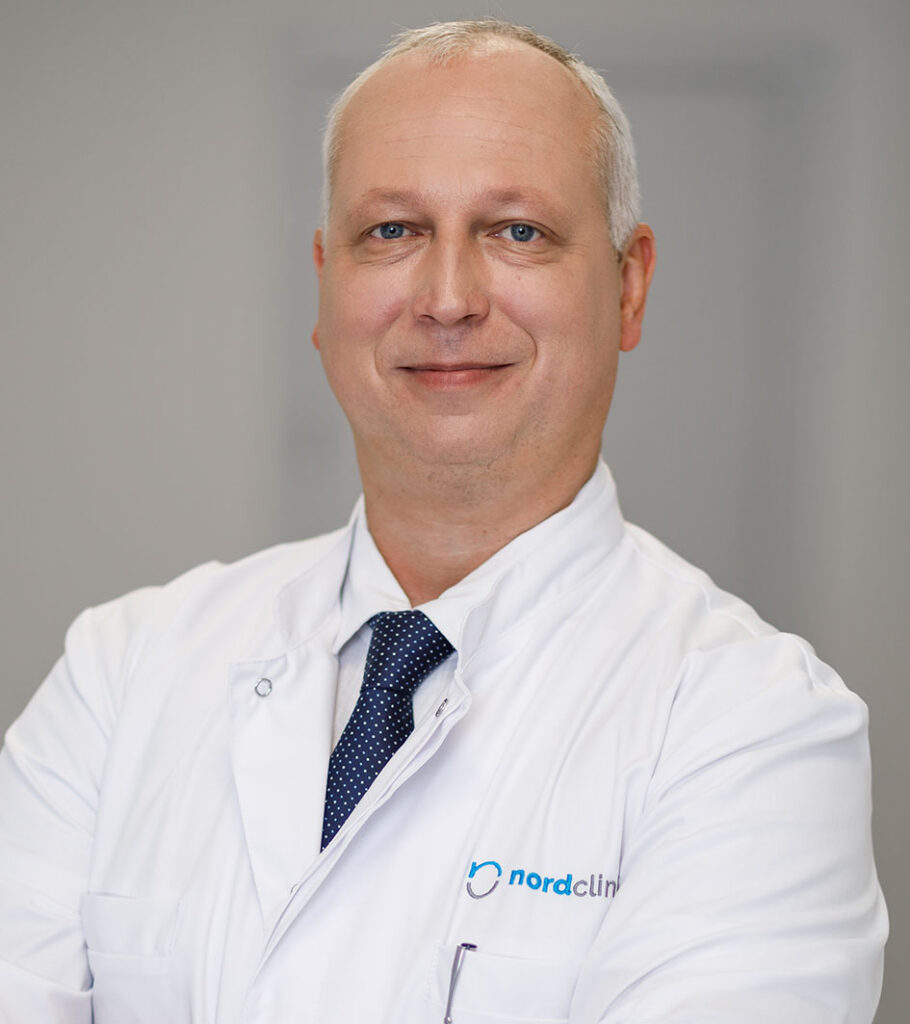

One in two women suffers from abdominal separation, which occurs after pregnancy. The condition may continue well into the menopausal years and, if untreated, may cause urinary incontinence, back pain, hernia, and reduced quality of life. In this feature, the experts at Nordordbariatric Clinic offer their opinion on the available treatments.
Many women experience diastasis recti abdominis (DRA) or abdominal separation, which is a separation of the rectus abdominis muscles in the midline of the stomach after pregnancy. The condition may persist well after giving birth—it has been diagnosed in 52% of urogynecological menopausal patients.


“Pregnancy causes rectus abdominis muscles to separate to the sides resulting in a lost abdominal wall elasticity. Abdominis rectus muscles are connected with a tendinous tissue which is visible as a whitish line from the exterior. Severe pressure on the muscles makes the tendinous tissue expand to the sides,” he added.
If untreated, the condition may trigger severe health problems, the surgeon says. “The incorrect position of the rectus abdominis muscle distributes the load onto other muscle groups—the spine, waist, pelvis. It may result in spine problems and lower back pains, hernia, urinary incontinence, constant bloating, and chronic constipation in some cases,” Dr Venclauskas maintained.
According to the surgeon, some women may be more prone to have abdominal separation, and the risk factors include: a large baby compared to a woman’s body, more than one fetus, weak abdominal muscles, less than a year passed after the last pregnancy, previous C-section, and the pregnant woman is over 35 years old. However, there are no 100% preventive measures, e.g., active and inactive women might have it.
Surgery or conservative treatment?
Full symptomatic relief can be achieved through abdominal wall reconstruction surgery, which restores the integrity of the abdominal wall and allows it to protect the internal organs and provide support to the spine. The procedure can also be combined with other highly-requested post-partum surgeries like a tummy tuck or a mommy makeover.
Dr Venclauskas recommends SCOLA (subcutaneous onlay laparoscopic approach) as it avoids midline incisions, which preserves the aesthetic appearance and prevents scars. The procedure also produces less post-surgical pain, faster recovery, and minimal complications. Although surgery does not affect further pregnancies, it is advised to do it after the last childbirth because the rectus abdominis muscles may separate with each pregnancy.


However, in some cases, conservative treatment might be enough. Dr Laimonas Siupsinskas, a physiotherapist at the Clinic, says, “If the DRA is less than two fingers in size during the rectus abdominis muscle contraction, the condition might be treated conservatively with physiotherapy, only if the surgeon allows it. The physical therapist can evaluate the function of the rectus abdominis and other muscles with relation to the back muscles that make up for the core stabilization of the trunk.”
The physiotherapist also notes that breastfeeding plays a crucial role in the exacerbation of the condition—the concentration of the hormone relaxin during breastfeeding makes the fascia and muscles even more relaxed and stretched. Therefore, conservative treatment should be prescribed with care.
“The worst women can do is try to self-treat the DRA and do the exercises found on the internet. Only a specialist can prescribe certain physical exercises after an individual consultation, and the training regime should focus on muscles that are imbalanced, weak, or too tight,” Dr Siupsinskas added.
Read more health guides, news and opinion pieces here.
